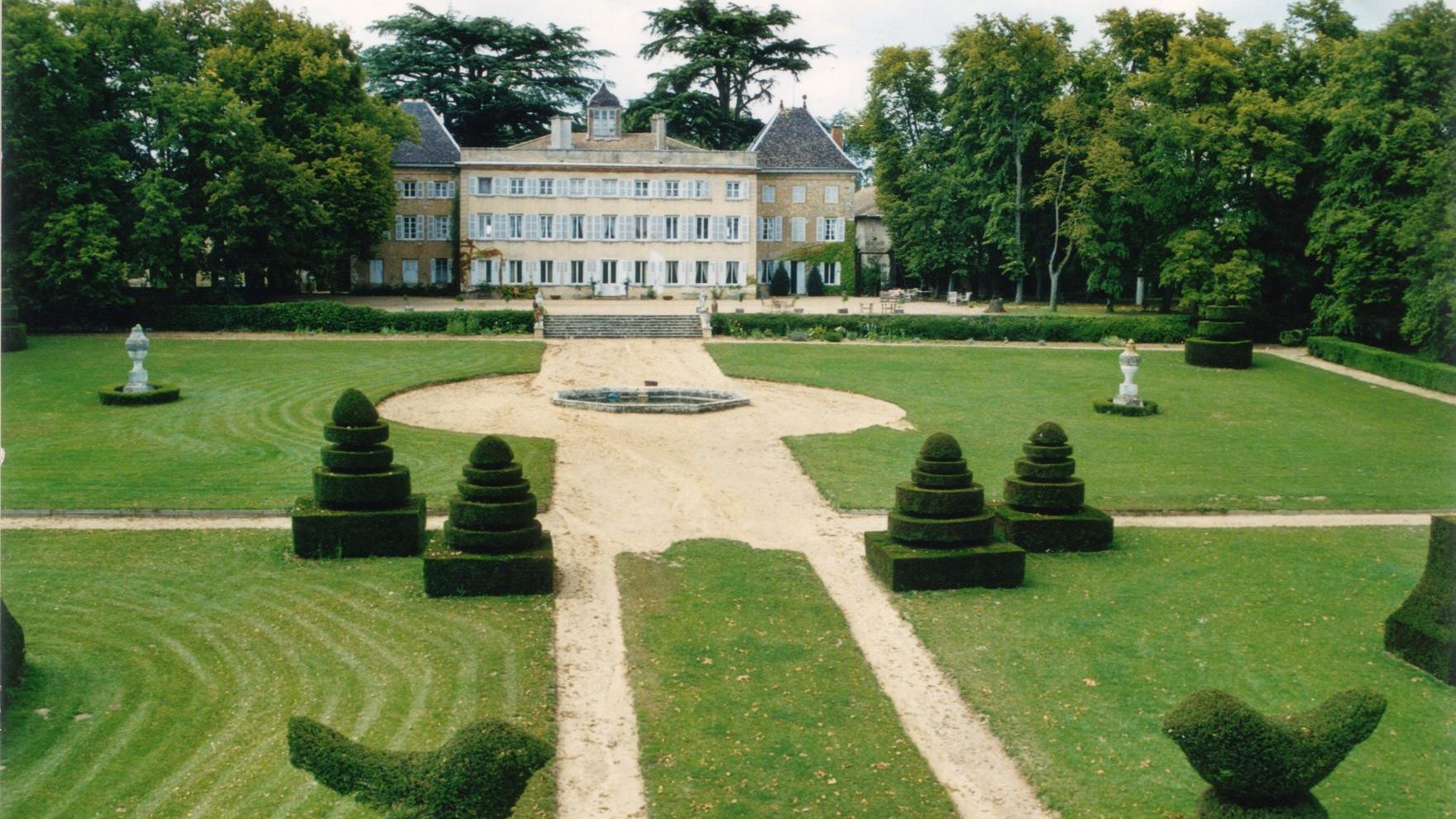Things to see and do in the Beaujolais
click on the underlined words in blue for more information
However famed the Beaujolais wines are, the Beaujolais countryside itself remains a well-guarded secret!
Beaujolais is a candidate to Unesco’s Geoparks network, you may download the Geocurious in Beaujolais brochure now !
Of course it is not totally unknown, as it is so easily accessible when you cross France north-south, lying alongside the A6 autoroute du Soleil just north of Lyon. Simplicity and welcome are the essences of Beaujolais tradition. As you take the little roads that run through the vineyards and over the hills covering breathtaking countryside – their vine growers, winemakers, craftsmen and innkeepers will willingly open their doors to allow you to relax, to discover and to celebrate…
A destination for all seasons, with mild springs and autumns, the area covers woodland, vineyards, rivers and lakes, and borders the second largest city in France – Lyon. Here, the mild spring allows early enjoyment of outdoor activities such as world class golfing, riding and walking but also includes one of the largest mountain biking trail areas in France. Summer opens the possibility of water sport facilities on the lake and the rivers and also brings a cornucopia of dance and theater festivals and concerts in places as different as medieval castles or outdoor theatres surrounded by vineyards and visiting historical sites dating to Roman times. September brings a very different season here, with its colourful grape harvesting and the accompanying partying during the ‘bals des vendangeurs’. October brings the ‘Fête du Paradis’ the half fermented grape juice, served with the very special ‘saucissons au gênes (sausages cooked in the tasty fermented grape pressings). November brings festivities around the world famous first wine of the year, the Beaujolais nouveau. It is a long weekend that rivals any carnival in the world; with wine, music, dancing, parades and a marathon through vineyards and chateaux! And in winter, Christmas is not enough, as there is the festival of lights in early December. January brings the very local traditional week of the Conscrits, celebrating the birthday of all those born in the same decade with colourful public parades, parties and a lot of boisterous good fun. Winter is also log fires, spas, wine tasting and museums, which are also open the rest of the year, but how can one categorize into seasons all that there is to do in the Beaujolais?!
As you meander through the picturesque vineyards south of Villefranche-sur-Saône, what strikes you may not be just the vines, but the mineral element – it is all around you – the views of the golden sandstone used not only in the construction of houses and châteaux but also for the picturesque Romanesque churches, the village washhouses, wells and wall dominating the countryside. Their golden, light ochre or russet hues, depending on the season, bring an air of Tuscany to the villages – earning our Beaujolais villages the name of “Le pays des Pierres Dorées” or Country of the Golden Stones – an artist’s paradise.
The winegrowing Beaujolais is an almost rectangular area situated just south of southern Burgundy.Watch this Youtube film to give you an idea . It is bordered by the green Azergues Valley to the south, the Monts du Beaujolais to the west and by the meandering Saône River Valley to the east. Unlike many other French wine growing areas, the Beaujolais is not crossed by a straight wine route but by country roads that wind through charming Beaujolais villages of golden limestone houses.
Beaujolais wine estates are generally small (an average of 6.5 hectares). Each one is an excuse for you to stop off to try the wines and talk to a winemaker who is always very close to his vines whatever the season and the work to be done: pruning from December to March, budding, which is pinching out the unwanted buds in the spring, tying up to ‘guide’ the vines at the beginning of the summer, shearing to limit the length of the green branches from June to August and, of course, the harvest that is traditionally done manually in this region. You will surely find your welcome in Beaujolais as the finest virtue of your visit. Winemakers open their doors to the curious and wine-lovers alike all throughout the year.
The Beaujolais region also has a network of tourism centers completely dedicated to wine and the vineyards. Each of the sites specializes in a precise stage in understanding wines and in winemaking – geology, wine-making, history and tasting can be seen singly or one after the other, depending on the visitor’s interests and expectations, and most are also family-orientated, like the world renowned Hameau du Vin
To the west, the Pays Beaujolais dramatically changes its physiognomy. Here you leave the vines and move away into wilder, rougher landscapes covered with forests that are criss-crossed with tracks. The Monts du Beaujolais are traditionally textile making, being right next to the silk weavers of Lyon, and owe the creation of multiple paths to their weavers, and their habit of delivering the cloth to their doorstep … it was necessary to be able go everywhere to parcel out the work. Cotton Vichy (gingham) in Thizy, blankets in Cours-la-Ville, cotton cloth in Amplepluis were all part of a weaver’s lot. Today the region makes its living mainly from lumber. It is an ideal destination for nature lovers, walkers, horse riders, and mountain bikers.
